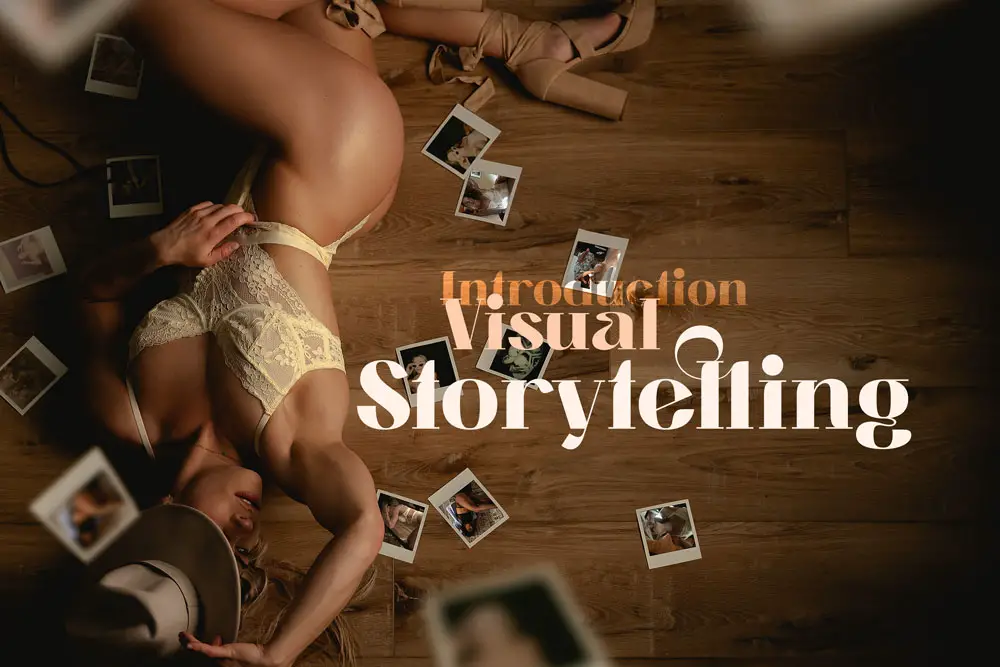
Intro to Visual Storytelling: What is it and Why Does it Matter?
Have you ever felt like the world is amazing, even if you’re full of tears and sadness? Have you ever wanted to express your true self and your vision through your brand? If so, then you need to learn the art of visual storytelling.
Visual storytelling is the art of using images and words to create a powerful story that connects with your audience. It’s not just about showing pictures, but about telling a story that makes people feel something, think something, or do something. Visual storytelling can be used in various forms, such as photography, film, graphic design, and digital media.
Introduce yourself to the Basics of Visual Storytelling
In this intro to visual storytelling guide, we’ll get introduced to visual storytelling and how you can apply them to your own projects.
You’ll learn the basics of visuals to capture the attention and curiosity of your audience, to express your personality and passion through your brand, and to build trust and loyalty with your audience.
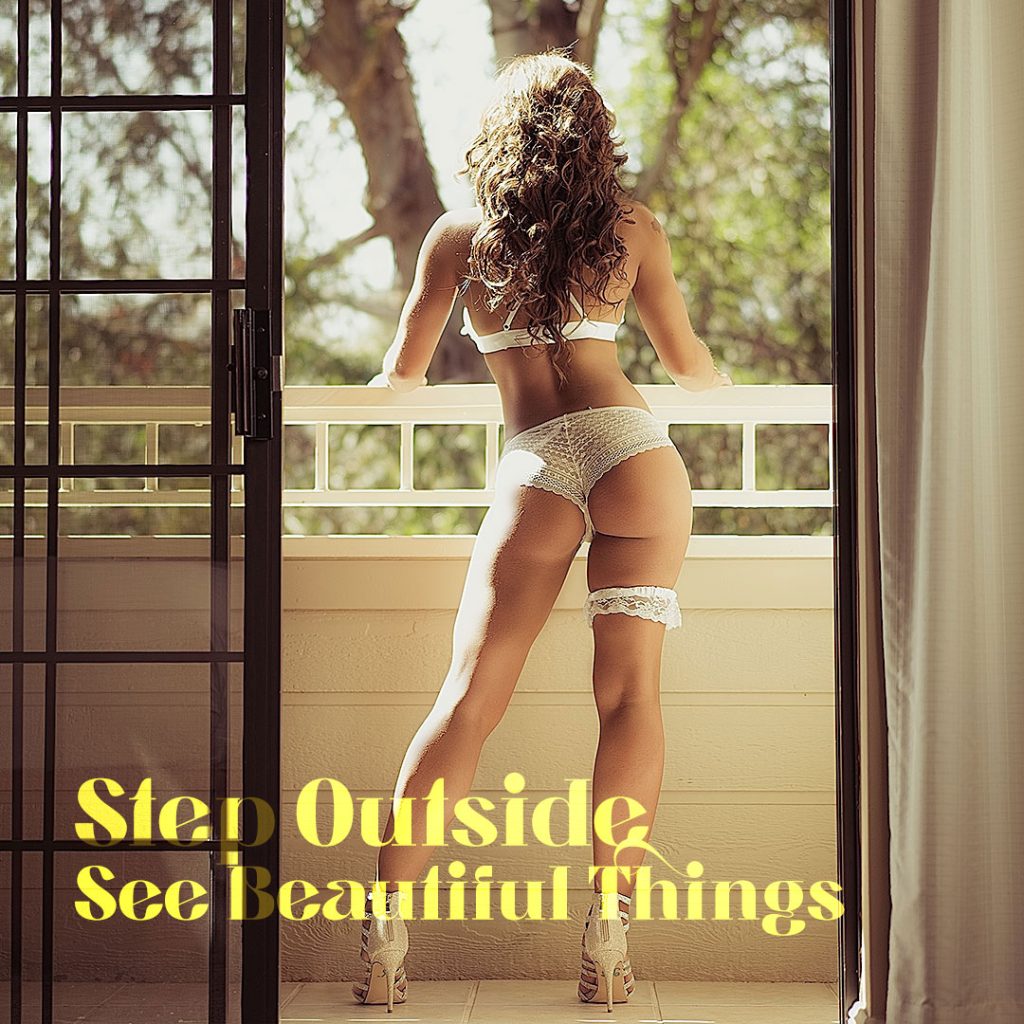
About Me | Andy H. Tu
But before we dive into the details, let me tell you a little bit about myself and how I became a visual storyteller. I’m Andy, a creative director and a photographer in the fitness and fashion industry who loves to tell stories with visuals. I’ve worked with various brands, such as Fashion Nova and SeaFolly and helped them create captivating stories that resonate with their audience. You can read more about my personal and professional journey in this article.
I’m also passionate about teaching and sharing my knowledge and experience with others who want to improve their skills in visual storytelling. That’s why I created this blog, where I share my projects, tips, and resources on visual storytelling. If you want to learn everything there is to know about visual storytelling, you can check out this pillar post and engage with the storytelling series, where I cover all the elements of visual storytelling, such as the plot, the characters, the setting, the theme, and the style.
But for now, let’s focus on the basics of visual storytelling and how you can use them to create powerful stories that connect with your audience.
Table of Contents
Sometimes, you may come across a quote that speaks to you and resonates with you. It may be from a book, a movie, a song, or a person that you admire. It may be a quote that inspires you, motivates you, or challenges you. It may be a quote that expresses your feelings, thoughts, or values.
When you find such a quote, you can use it for your own brand and purpose. Match it with your own image. You can use it as a source of inspiration and guidance for your visual storytelling. You can use it as a way to connect with your audience and share your vision.
But how do you use a beautiful quote for your brand and purpose? Here are some steps that you can follow:
Analyze the quote:
Try to understand the meaning and the message of the quote. What is the main theme or idea that the quote conveys? How does it relate to your brand and purpose? How does it relate to your audience and their needs?
Adapt the quote:
Try to make the quote relevant and suitable for your brand and purpose. How can you modify or customize the quote to fit your brand’s personality and values? How can you make the quote appealing and memorable for your audience?
Apply the quote:
Try to use the quote in your visual storytelling. How can you incorporate the quote into your story’s plot, characters, setting, theme, and style? How can you use visuals to enhance the quote and make it more powerful and impactful?
Let’s take an example of a beautiful quote and see how we can use it for our brand and purpose. The quote is:
“The world is amazing, even if you’re full of tears and sadness, open your eyes. Do what you want to do, and be who you want to be. Use your lips to speak the truth, your voice for kindness, your ears for compassion. If you want beautiful replies, speak beautiful words. If you want to see beautiful things, just step outside.” – Yuu Otosaka
This quote is from an anime series called Charlotte, written by Jun Maeda, a Japanese writer and composer who is known for his works in visual novels. The quote is spoken by the main character, Yuu Otosaka, in the final episode of the series, as he reflects on his life and his choices. The quote is meant to convey a message of hope, courage, and gratitude, despite the hardships and sadness that one may face in life.
Examples: Let’s say that our brand and purpose is to create a travel blog that encourages people to explore the world and discover new cultures and experiences. How can we use this quote for our brand and purpose?
Analyze the quote:
The quote conveys a message of hope, courage, and gratitude, which is relevant and suitable for our brand and purpose. The quote relates to our brand and purpose by encouraging people to open their eyes and see the amazing world, to do what they want to do and be who they want to be, to speak the truth and kindness, and to have compassion for others. The quote relates to our audience and their needs by inspiring them to overcome their fears and sadness, to pursue their dreams and passions, to communicate and connect with others, and to appreciate and enjoy the beauty of life.
Adapt the quote:
We can modify or customize the quote to fit our brand’s personality and values. For example, we can add our brand name and slogan to the quote, such as:
“The world is amazing, even if you’re full of tears and sadness, open your eyes. Do what you want to do, and be who you want to be. Use your lips to speak the truth, your voice for kindness, your ears for compassion. If you want beautiful replies, speak beautiful words. If you want to see beautiful things, just step outside. This is Wanderlust, the travel blog that helps you explore the world and discover yourself.”
We can also make the quote appealing and memorable for our audience by using catchy words and phrases, such as:n
“The world is awesome, even if you’re feeling blue, open your eyes. Follow your heart and be yourself. Use your lips to spread the truth, your voice for kindness, your ears for compassion. If you want sweet replies, speak sweet words. If you want to see wonders, just step outside. This is Wanderlust, the travel blog that helps you explore the world and discover yourself.”
Apply the quote:
We can use the quote in our visual storytelling by incorporating it into our story’s plot, characters, setting, theme, and style. For example, we can use the quote as a hook or a conclusion for our blog posts, such as:
“Have you ever felt like the world is amazing, even if you’re full of tears and sadness? Have you ever wanted to do what you want to do and be who you want to be? Have you ever wanted to speak the truth and kindness, and have compassion for others? Have you ever wanted to see beautiful things, just by stepping outside? If so, then you need to read this blog post.
This is Wanderlust, the travel blog that helps you explore the world and discover yourself. In this post, we’ll share with you our amazing adventure in Japan, where we experienced the culture, the food, the people, and the sights of this wonderful country. We’ll show you how we used our lips to speak the truth, our voice for kindness, our ears for compassion, and our eyes to see the beauty of Japan. We’ll also show you how we followed our heart and were ourselves, and how we had sweet replies and saw wonders along the way. So, are you ready to join us on this journey of hope, courage, and gratitude? Let’s get started!”
We can also use visuals to enhance the quote and make it more powerful and impactful. For example, we can use images, videos, animations, or graphics that illustrate the quote and the story, such as:
Images or videos of the amazing world, such as landscapes, nature, wildlife, architecture, art, etc.
Images or videos of us doing what we want to do and being who we want to be, such as traveling, exploring, learning, having fun, etc.
Images or videos of us using our lips to speak the truth, our voice for kindness, our ears for compassion, such as talking, smiling, laughing, listening, helping, etc.
Images or videos of the beautiful replies and wonders that we received and saw, such as compliments, gifts, surprises, miracles, etc.
Images or videos of us stepping outside and seeing beautiful things, such as sunsets, stars, rainbows, flowers, etc.
Images or videos of our brand name and slogan, such as Wanderlust, the travel blog that helps you explore the world and discover yourself.
By using these steps, we can use a beautiful quote for our brand and purpose, and create a captivating visual story that connects with our audience and shares our vision. You can use the same steps to use any quote that resonates with you and your brand and purpose. Just remember to analyze, adapt, and apply the quote, and use visuals to enhance it. You’ll be amazed by the results. Now let’s apply this to our brand.
One of the first steps to becoming a visual storyteller is to open your eyes and see the world in a new way. Visual storytelling is not about taking random pictures or using fancy filters. It’s about finding the beauty, the meaning, and the story in everything around you.
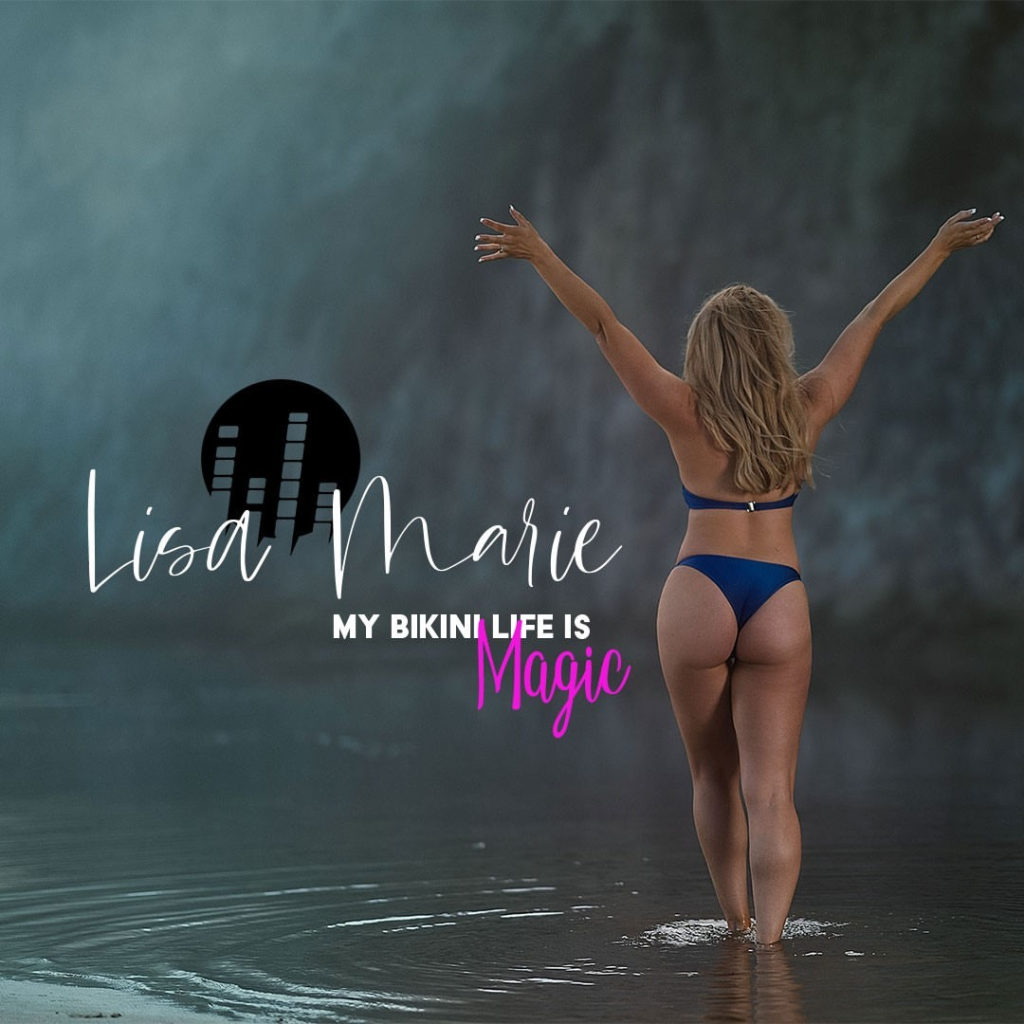
For example, when I was working with Fashion Nova, a fast-fashion brand that sells trendy and affordable clothes, I wanted to create a visual story that would showcase their products and appeal to their target audience. I could have taken the easy way and just used models and studio lighting, but I wanted to do something different. I wanted to create a visual story that would reflect the brand’s personality and values.
So I decided to take a road trip with some of the models and photographers and capture their journey along the way. I wanted to show the fun, the adventure, and the freedom that Fashion Nova represents. I wanted to show the diversity, the inclusivity, and the empowerment that Fashion Nova supports. I wanted to show the style, the quality, and the variety that Fashion Nova offers.
I used visuals to tell a story that was not only about the clothes, but also about the people, the places, and the experiences that Fashion Nova enables. I used visuals to capture the attention and curiosity of the audience and show them the value of Fashion Nova. I used visuals to create a powerful story that connected with the audience and made them want to be part of Fashion Nova.
Do What You Want to Do, and Be Who You Want to Be
Another step to becoming a visual storyteller is to do what you want to do and be who you want to be. Visual storytelling is not about following the rules or copying the trends. It’s about expressing your personality and your passion through your brand.
When you do what you want to do and be who you want to be, you can create a visual story that is true to yourself and your vision. You can create a visual story that reflects your identity, your voice, and your message. You can create a visual story that communicates your mission, your purpose, and your goals.
When I was working with Seafolly, a leading Australian swimwear brand that sells stylish and comfortable swimsuits, I wanted to create a visual story that would showcase their products and appeal to their target audience. I wanted to do something different. I wanted to create a visual story that would reflect the brand’s personality and values.
So I decided to use user generated content and social media to tell the story of Seafolly customers. I wanted to show the real, the natural, and the authentic that Seafolly represents. I wanted to show the diversity, the confidence, and the happiness that Seafolly supports. I wanted to show the fit, the quality, and the design that Seafolly offers.
I used visuals to tell a story that was not only about the swimsuits, but also about the women, the lifestyle, and the community behind Seafolly. I used visuals to tell a story that was true to myself and my vision. I used visuals to communicate my message and mission to the audience. I used visuals to create a powerful story that connected with the audience and made them want to wear Seafolly.

Use Your Lips to Speak the Truth, Your Voice for Kindness, Your Ears for Compassion
The final step to becoming a visual storyteller is to use your lips to speak the truth, your voice for kindness, your ears for compassion. Visual storytelling is not about manipulating or deceiving your audience. It’s about building trust and loyalty with your audience.
When you use your lips to speak the truth, your voice for kindness, your ears for compassion, you can create a visual story that is honest, ethical, and responsible. You can create a visual story that shows your authenticity, your empathy, and your social responsibility. You can create a visual story that respects your audience, your brand, and your society.
When I was working with a non-profit organization that helps homeless people, I wanted to create a visual story that would raise awareness and funds for their cause. I could have taken the sensational way and just used shocking images and statistics, but I wanted to do something different. I wanted to create a visual story that would respect the dignity and humanity of the homeless people.
So I decided to use portraits and interviews to tell the story of the homeless people. I wanted to show the reality, the challenges, and the hopes of the homeless people. I wanted to show the kindness, the generosity, and the compassion of the non-profit organization. I wanted to show the impact, the difference, and the change that the non-profit organization makes.
I used visuals to tell a story that was honest, ethical, and responsible. I used visuals to show my authenticity, my empathy, and my social responsibility. I used visuals to respect the homeless people, the non-profit organization, and the society. I used visuals to create a powerful story that connected with the audience and made them want to support the non-profit organization.
How to Create Your Own Visual Stories for Your Brand: A Checklist
What is the main goal or purpose of your visual story?
What do you want your audience to feel, think, or do after seeing your story?
Who is your target audience?
What are their demographics, interests, needs, and preferences? How can you relate to them and appeal to them?
What is your brand’s personality and values?
How do you want your audience to perceive your brand? How can you express your brand’s identity, voice, and message through your story?
What is the main theme or message of your story?
What is the core idea or concept that you want to communicate to your audience? How can you make it clear, relevant, and memorable?
What is the plot or structure of your story?
How do you want to organize your story into a beginning, a middle, and an end? How do you want to create tension, conflict, and resolution in your story?
Who are the characters or actors in your story?
How do you want to introduce them and develop them? How do you want to show their personality, motivation, and emotion?
What is the setting or context of your story?
Where and when does your story take place? How do you want to create a sense of time, place, and atmosphere in your story?
What is the style or tone of your story?
How do you want to use colors, fonts, images, sounds, and other visual elements to create a mood and a personality for your story?
What are the tools or resources that you need to create and share your story?
What software, hardware, or platforms do you need to use? How do you want to optimize your story for different devices and channels?
How do you want to measure and improve your story?
What metrics or indicators do you want to use to evaluate the performance and impact of your story? How do you want to collect and analyze feedback and data from your audience?

When you’re working with branding and content marketing, there’s one element that remains a powerful force: storytelling. As I reflect on my own creative journey, I’m reminded of the countless hurdles I’ve faced, the lessons I’ve learned, and the growth I’ve experienced. In sharing my story, I hope to inspire you, not only with my…
Conclusion
Visual storytelling is a powerful skill that can help you create captivating stories that connect with your audience. By using visuals, you can capture the attention and curiosity of your audience, express your personality and passion through your brand, and build trust and loyalty with your audience.
In this guide, we explored the core principles of visual storytelling and how you can apply them to your own projects. We used a quote as a guide to structure the guide and explain how each part relates to visual storytelling. We also shared some examples of visual storytelling projects that I worked on with different brands, such as Fashion Nova, Seafolly, and a non-profit organization.
We hope you enjoyed this guide and learned something new about visual storytelling. If you want to learn more about visual storytelling, you can check out our pillar post, where we cover all the elements of visual storytelling, such as the plot, the characters, the setting, the theme, and the style.
Now it’s your turn to apply the principles of visual storytelling to your own projects. Whether you’re a photographer, a filmmaker, a graphic designer, or a content marketer, you can use visuals to tell powerful stories that engage and inspire your audience. We’d love to see what you create, so feel free to share your projects with us in the comments below.
Thank you for reading this guide and joining us on this journey of visual storytelling. We hope you found it helpful and interesting. If you have any questions or feedback, please let us know. We’d love to hear from you. Happy visual storytelling!


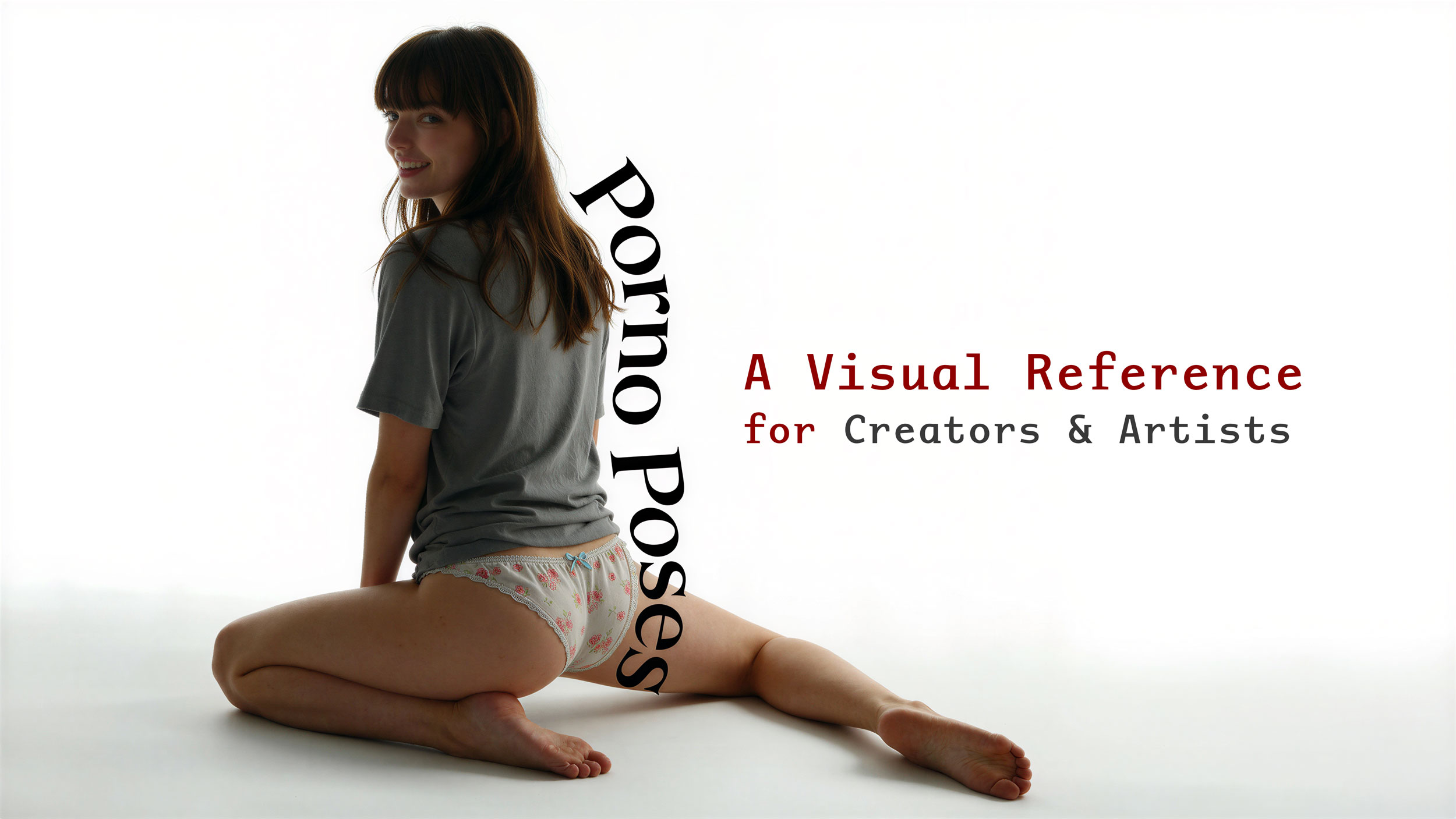
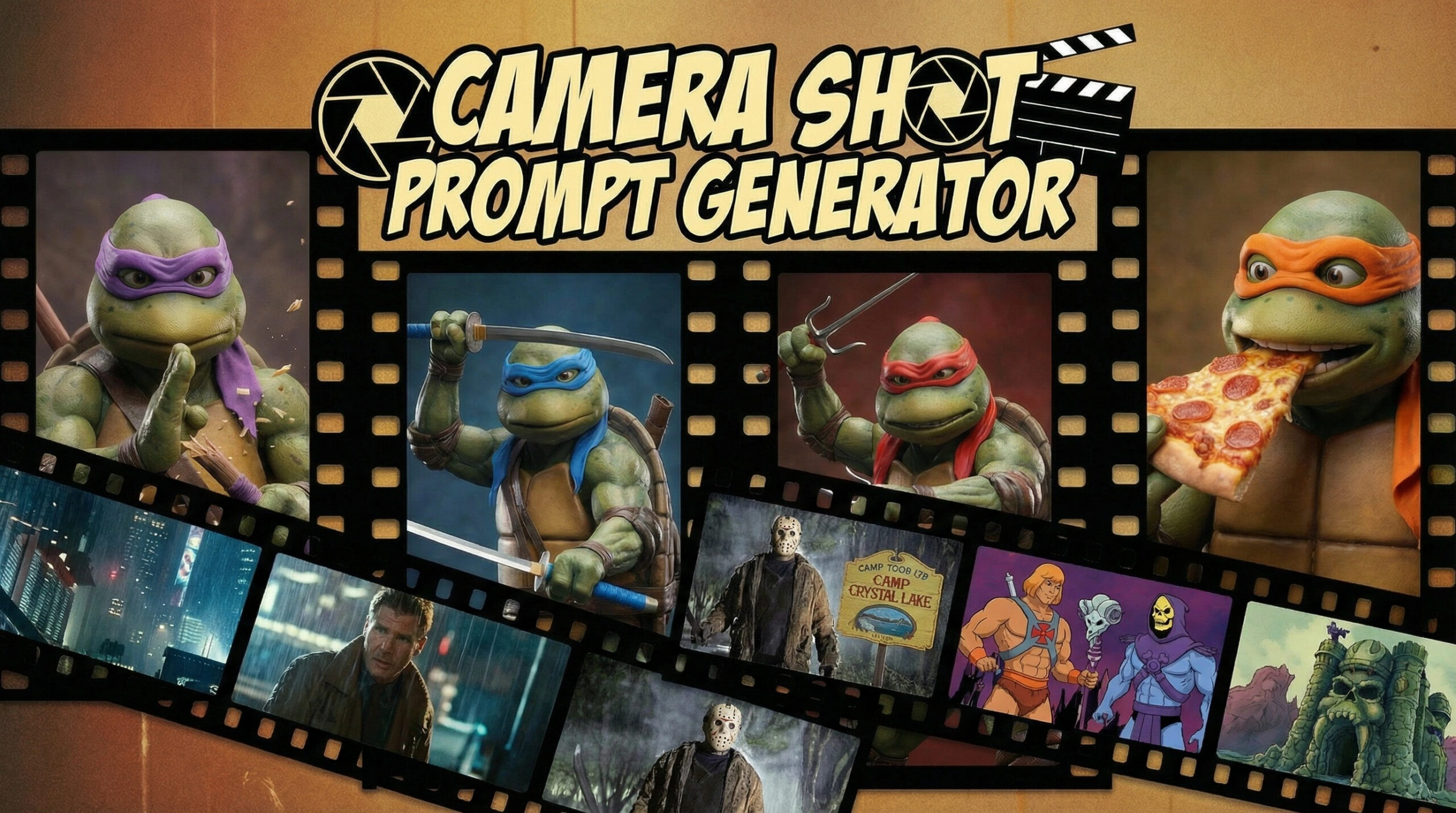


Leave a Reply